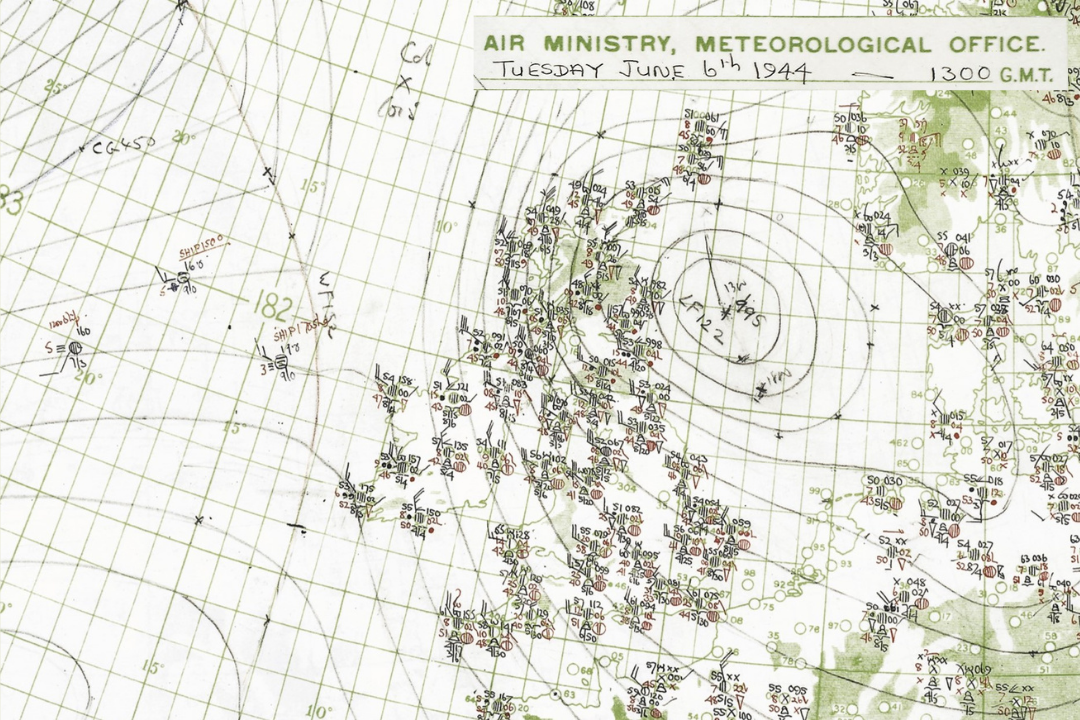

Drizzle riddle solved
A recent study by NASA scientists at the Jet Propulsion Laboratory in California and University of Toronto indicates that updrafts are more important than previously thought in determining whether clouds produce drizzle rather than larger-sized raindrops. Such findings will help improve the accuracy of model predictions of rainfall, a challenge for both short-term weather forecasting and longer-term climate projections.
The research, published in the Quarterly Journal of the Royal Meteorological Society, found that low-lying clouds over the ocean produce more drizzle droplets than the same type of cloud over land.
To form clouds, water vapour molecules condense onto microscopic airborne particles (cloud condensation nuclei), such as dust, smoke, sea salt, pollen or bacteria. Research into the role of different aerosols on clouds and rain processes has been explored for decades and is still a very active area of research. Due to human activities, there are more aerosols over land than over the ocean. Scientists had originally thought that additional aerosols would tend to form more drizzle over land. However, this new study shows that the presence of aerosols alone can't explain where drizzle occurs, so the researchers looked elsewhere; updrafts - plumes of warm air rising from the Earth which has been heated by the sun - were found to play an important role.
Strong updrafts play a role in rain formation in tall thunderclouds, whereas in low-lying clouds, updrafts are much weaker, therefore the role they play in rain formation has received little scientific attention.
Hanii Takahashi, lead author of the paper, said, "There was a previous hypothesis that updrafts could be important, but the hypothesis had never been tested, and I wasn’t sure if updrafts were strong enough to affect the size of rain droplets."
Since existing measurement systems struggle to monitor updraft velocities directly, the team combined measurements from NASA’s CloudSat and Aqua satellites with ground-based radar. They found that, although weaker than in tall cumulonimbus clouds, the updrafts in low-lying clouds over land were still strong enough to keep drizzle droplets aloft. As the droplets floated within clouds, they continued to grow until the updrafts couldn't hold them up any longer and then fell as full-sized raindrops.
In similar clouds that formed over the ocean, updrafts were even weaker than over land and droplets fell as drizzle as they had no opportunity to grow into full-sized raindrops. This helps explain the prevalence of drizzle over the ocean.
Such low-level clouds have a strong effect on projections of Earth's future temperatures, with most models projecting an unrealistically drizzle world. This research therefore will help to modify models to make updraft velocities more realistic which could have an impact on the projection of both rainfall and surface temperatures.
Comparison of sizes
- A typical cloud condensation nucleus is 0.0002 mm (about 1,000 times bigger than a water molecule).
- A typical cloud droplet is around 0.02 mm (100 times bigger than the cloud condensation nucleus). Cloud droplets don't have enough mass to fall.
- A typical drizzle droplet is 0.5 mm (25 times bigger than a cloud droplet). Drizzle is just heavy enough to fall.
- A typical raindrop is about 2 mm (100 times bigger than a cloud droplet and 4 times bigger than drizzle).



